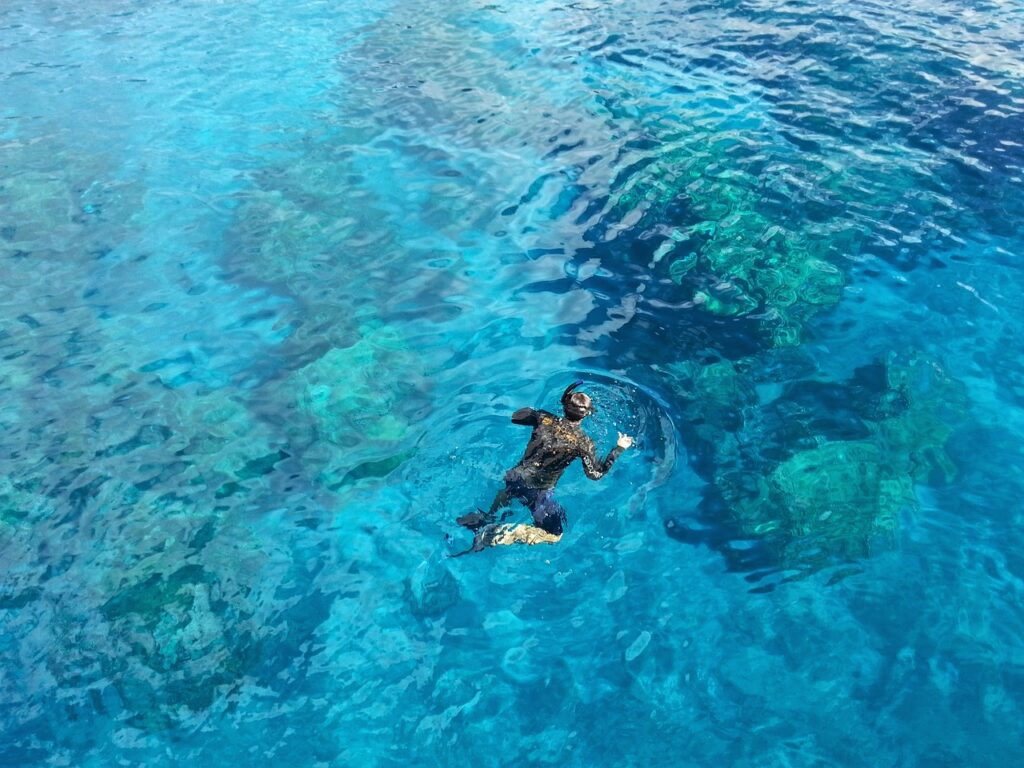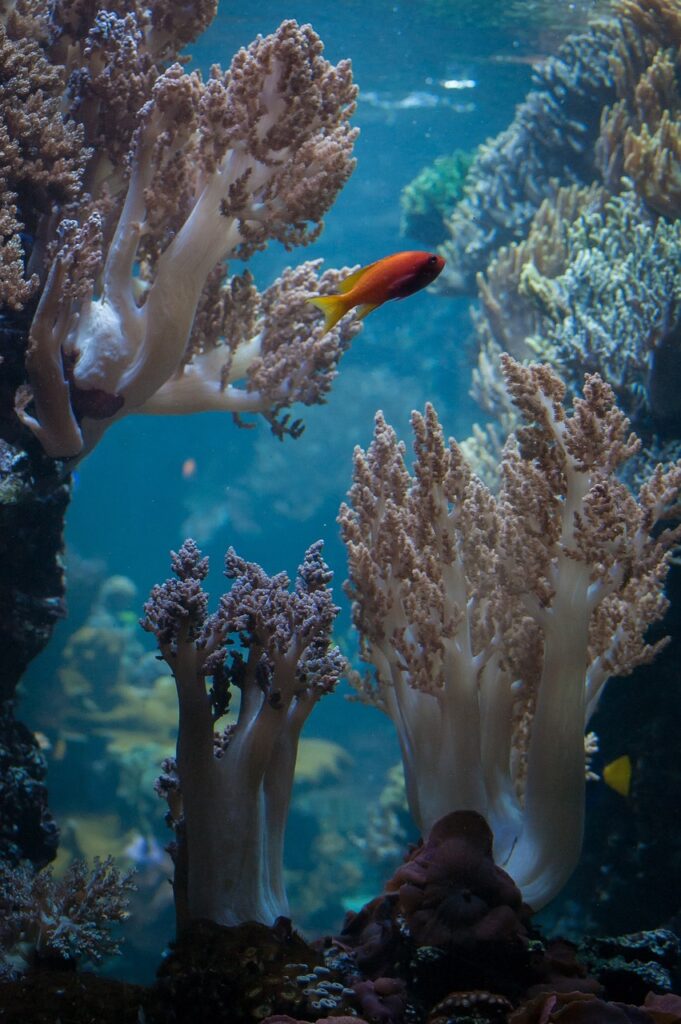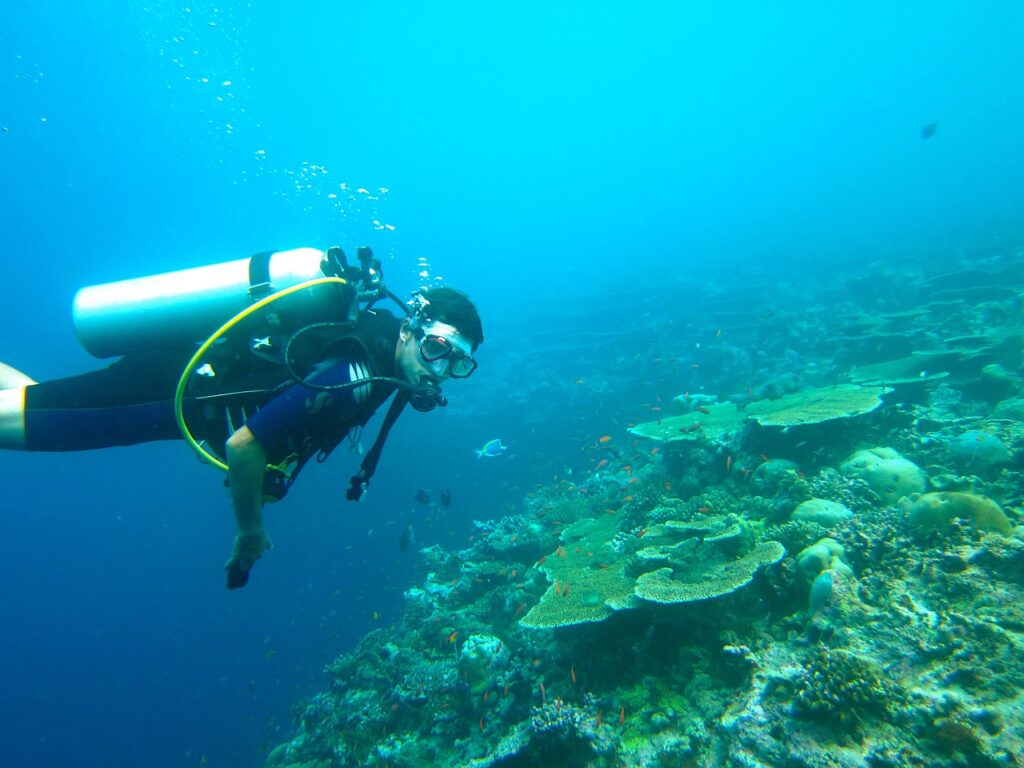By Cheryl Hampton AKA Scubacheryl
Visitors and residents flock to the East Cape area of Baja California Sur, Mexico, for various reasons, but one common attraction is the sea. Whether you’re gazing at it for signs of marine life, participating in water sports, or enjoying the views, the ocean is captivating. I love encouraging everyone to dive in and experience it for themselves. One fantastic way to do this is by snorkeling. The East Cape boasts many amazing, easily accessible snorkeling locations, perfect for both novices and experienced snorkelers.

Overcoming Novice Snorkeling Concerns
Many first-time snorkelers worry about their swimming abilities or feel anxious about what lies beneath the surface. However, the buoyancy of saltwater, combined with life vests, makes snorkeling a safe and enjoyable experience.
Snorkeling is more about relaxation and floating on the surface while marine life puts on a spectacular show below. To ease your nerves, put your mask on before entering the water. Once you’re in, immediately submerge your face in the water to see the vibrant underwater world around you. This simple act can help dispel the fear of the unknown.
Before entering the water, always check the wave action and observe how others are entering. If the conditions seem too rough, don’t hesitate to wait for a calmer day. A positive experience can hook you for life, while a negative one may deter you from enjoying the beauty of marine life.
Top Snorkeling Locations in the East Cape
Snorkel Cruises
You can join snorkel cruises from Cabo, Cabo Pulmo, Los Barriles, or La Paz. These boat tours provide easy access in and out of the water. All equipment is usually included, and most cruises stop at multiple sites to experience different marine environments. If you prefer a more adventurous experience, consider beach snorkeling with your own beach-capable vehicle.
Popular Snorkeling Beaches
The East Cape has numerous fantastic snorkeling spots right from the beach. Among the most popular are:
- Playa Santa Maria and Playa Chileno: Located in “The Corridor” between Cabo San Lucas and San Jose del Cabo, these public beaches offer amenities like parking and restrooms, along with excellent snorkeling conditions. Chileno is handicap accessible, while Santa Maria requires a bit more walking. Both spots attract boats from Cabo San Lucas for scuba and snorkeling, so they can get crowded on busy days.
Cabo Pulmo National Park
Next, visit Cabo Pulmo National Park, established in 1995. This protected area covers 27 square miles and is home to an incredible variety of marine life, including hundreds of fish species, eels, lobsters, turtles, sharks, and rays. Many operators offer boat snorkeling trips within the park, typically visiting 2-3 sites, including a small sea lion colony.
Prepare for a bumpy ride along 12 km of unpaved road to reach Cabo Pulmo. High-clearance 4X4 vehicles are recommended, but many low-clearance cars navigate this road daily. Once in the village, you can walk down the beach south of the village to snorkel. Most visitors prefer to drive further south to Playa El Arbolito or another 5 km to Los Frailles.
Arbolito has a small admission fee and rental equipment available. In contrast, Frailles lacks services but offers a beautiful beach and shelter from the north wind. Be cautious not to venture off the hard-packed areas with your vehicle if you’re new to beach driving, as the sand can be very soft. At Los Frailles, head north in the water to discover great rocky snorkeling areas, or explore the sand flats for rays, fish, and the occasional turtle.

Snorkeling in Los Barriles
The Los Barriles area also offers excellent snorkeling opportunities. Head to the rocky area at the south edge of town, in front of the white condos called Mar Y Sol and Hotel Agave. You can rent a UTV or 4X4 to reach this spot, walk from the main road, or stroll south from Sunrise RV Park.
Once there, carefully enter the water on either side of the rocky area, watching for sharp rocks. Once you’re in, stretch out on the surface and enjoy watching the vibrant marine life. During my last snorkeling trip here, I spotted thousands of fish of various species, and rays are frequently seen in the sandy areas around the rocks.
Punta Pescaderos and El Cardonal
14 km north of Los Barriles is Punta Pescaderos. The Coast Road is unpaved and can be rough, so a UTV or 4X4 is highly recommended. Alternatively, you can take a 34 km paved winding road, but be cautious of degraded sections. Locals call Playa Palo Blanquito Snorkel Beach or Shell Beach for good reason—it’s famous for excellent snorkeling and an abundance of shells.
Dramatic rocks surround the point, creating several channels for accessing deeper waters. Keep an eye out in the shallow areas, as octopuses have been spotted in the waist-deep rocky zones. Another 10 km north brings you to El Cardonal, featuring a scenic beach and another small reef for snorkeling. These beaches lack amenities, but nearby hotels and restaurants offer lodging and dining options.
Conclusion: Your Snorkeling Adventure Awaits
Gather your group and get ready for an unforgettable snorkeling adventure. Remember to bring plenty of water, snacks, and sun protection, such as sun shirts or reef-safe sunscreen. Enjoy exploring the East Cape and create lasting memories beneath the waves!
Are you more of a scuba-diver? Check out our article on scuba-diving in the East Cape.


